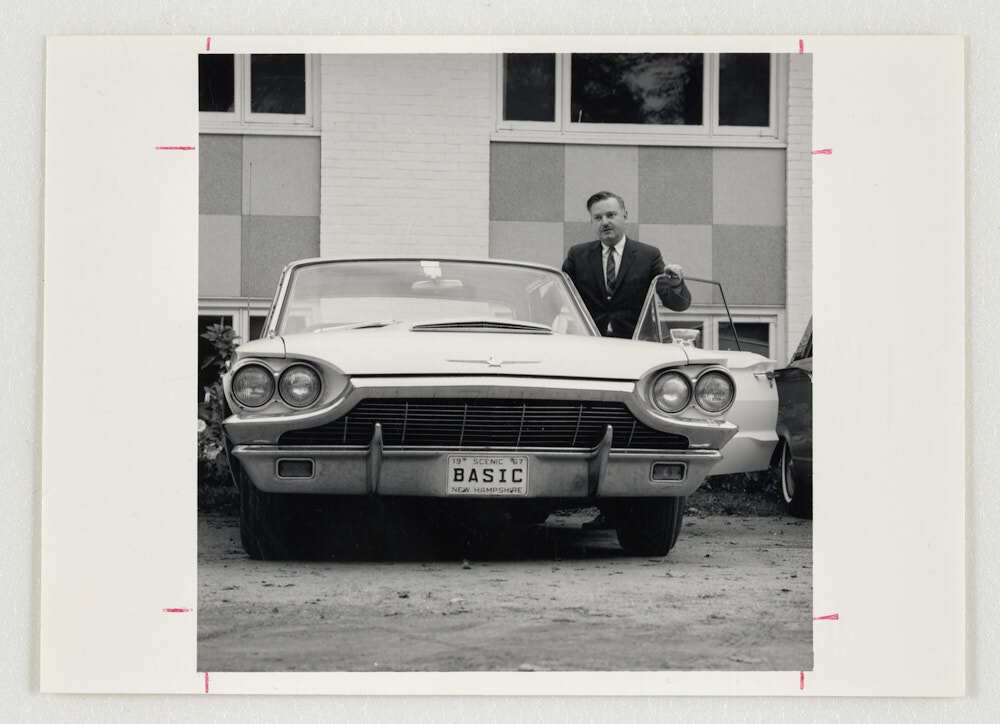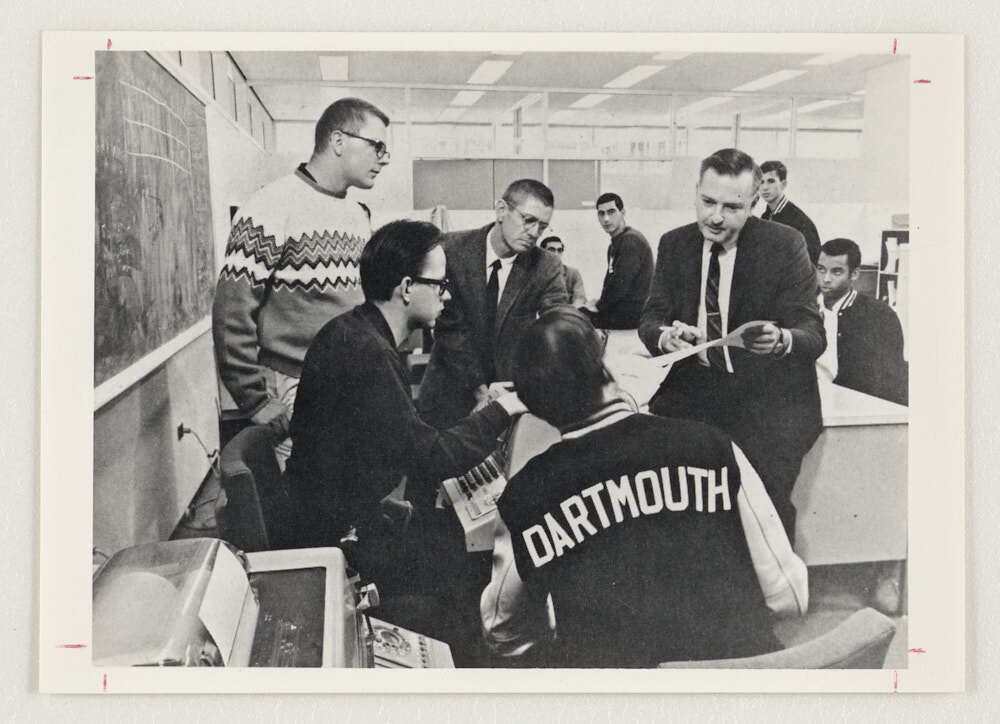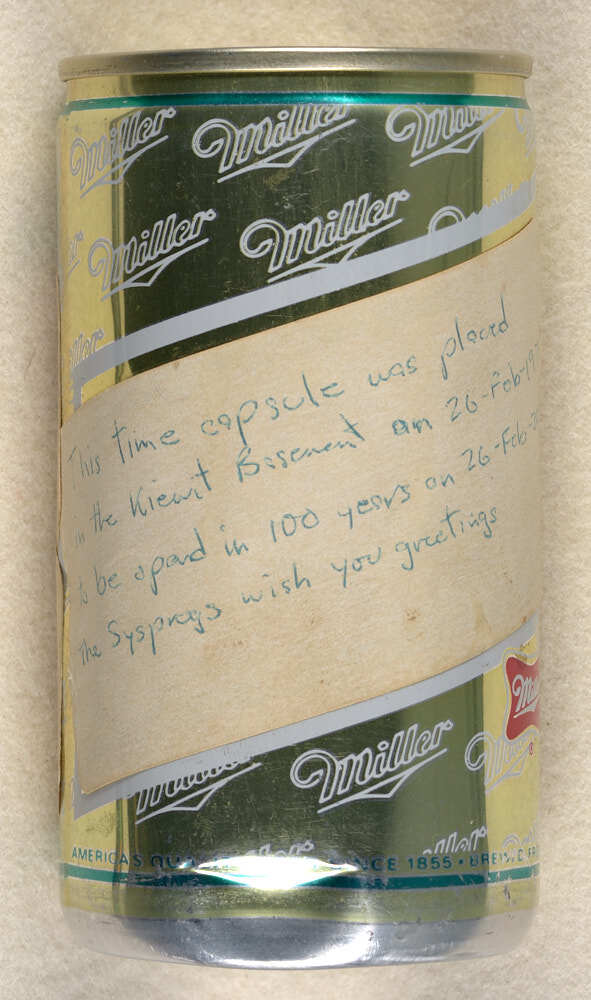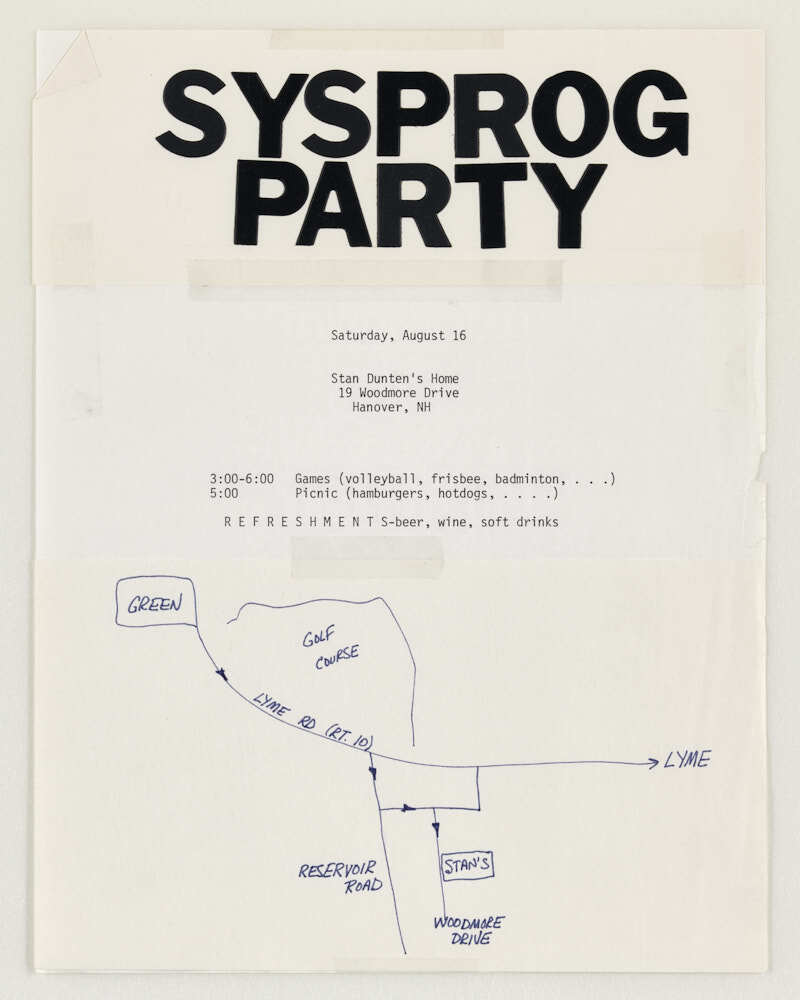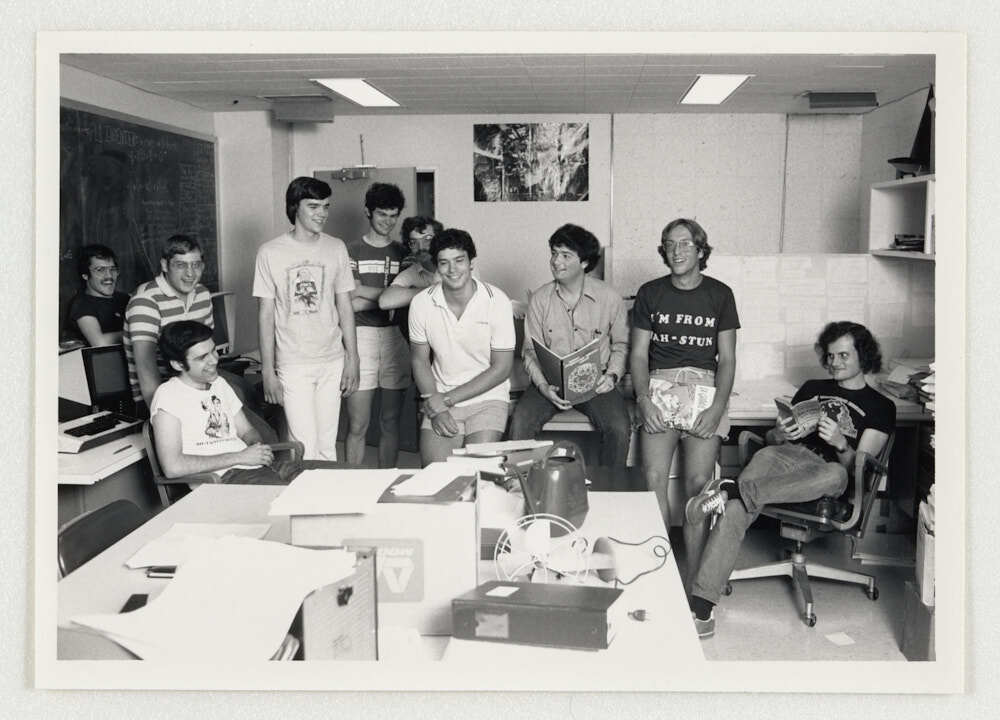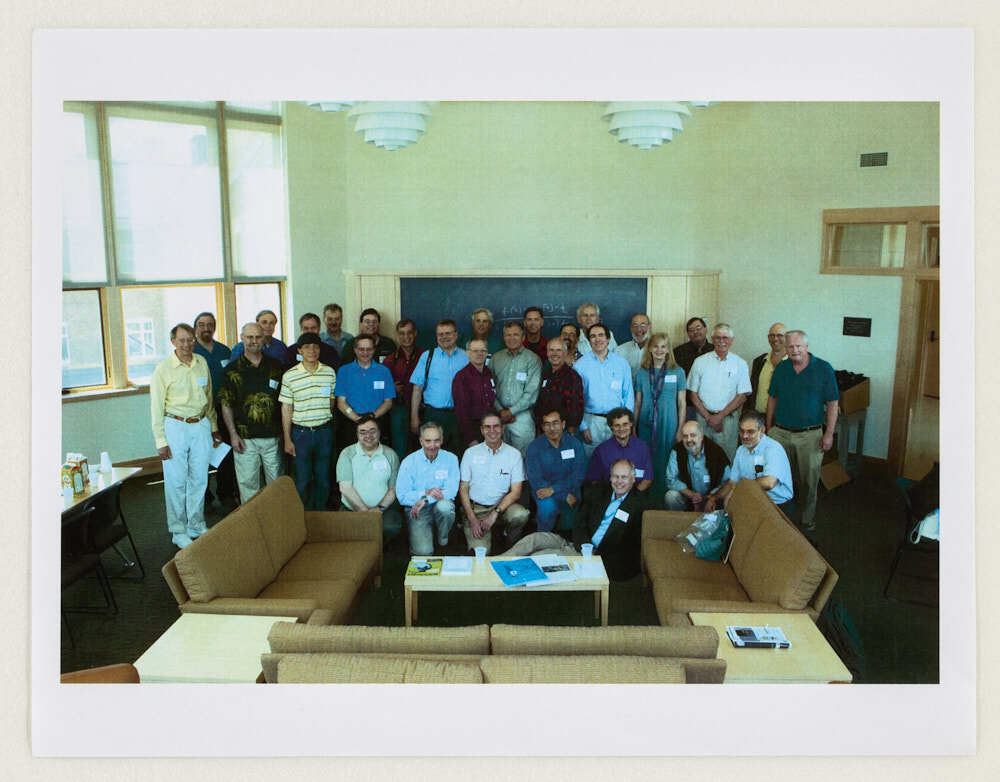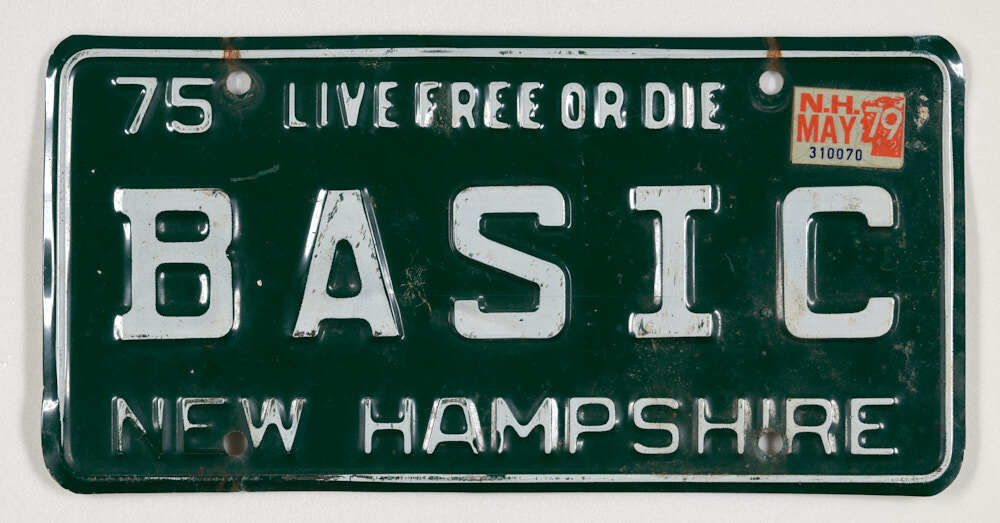The People Behind the Computer
Professors John Kemeny and Thomas Kurtz were the two faculty members who first drove the implementation of computing at Dartmouth, both promoting the philosophy that computing should be as accessible to an undergraduate student as an open-stack library. But they didn’t do it alone. Once Dartmouth acquired its first pre-DTSS computer, Kemeny and Kurtz quickly realized how much potential students had for developing the system itself; Kurtz marveled that “they could glom onto this new technology just like that.” As the legend goes, a group of students ran the first BASIC program on the Dartmouth Time-Sharing System at 4 AM on May 1st, 1964: neither Kemeny nor Kurtz remembered even being there. Over the following decades, undergraduates continued to function as the systems programmers (or “sysprogs”) who kept the DTSS running.




